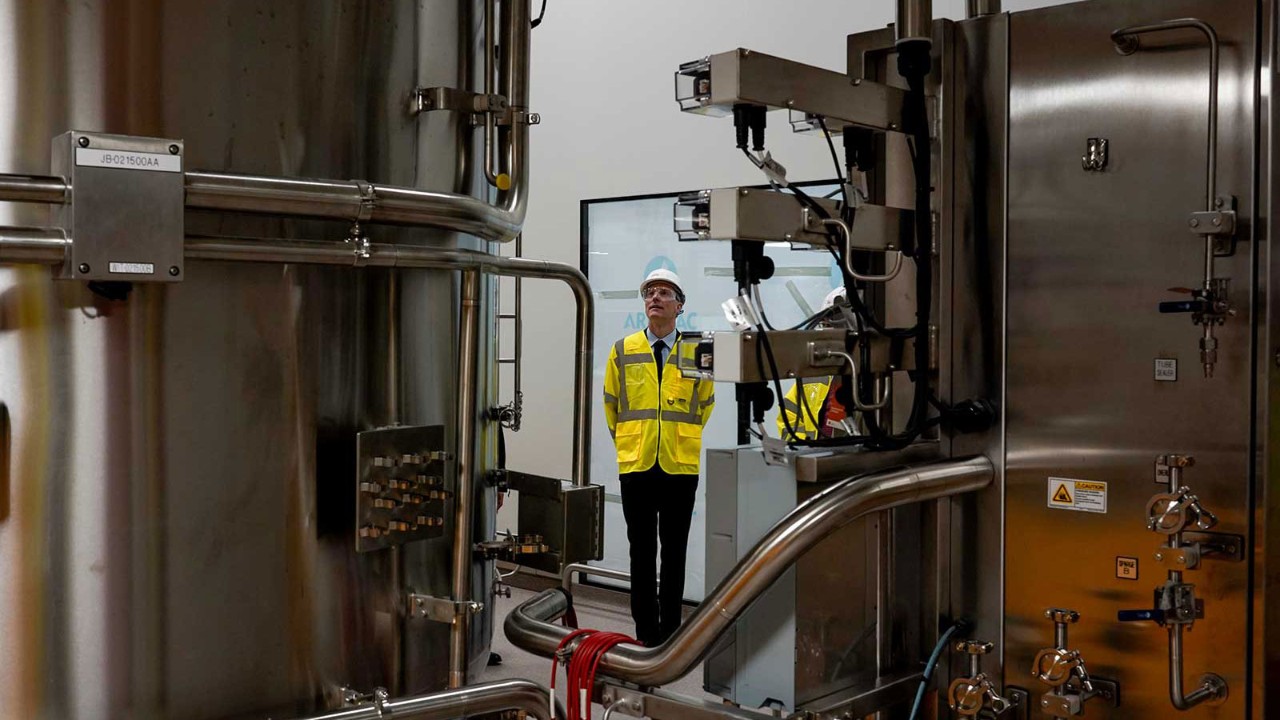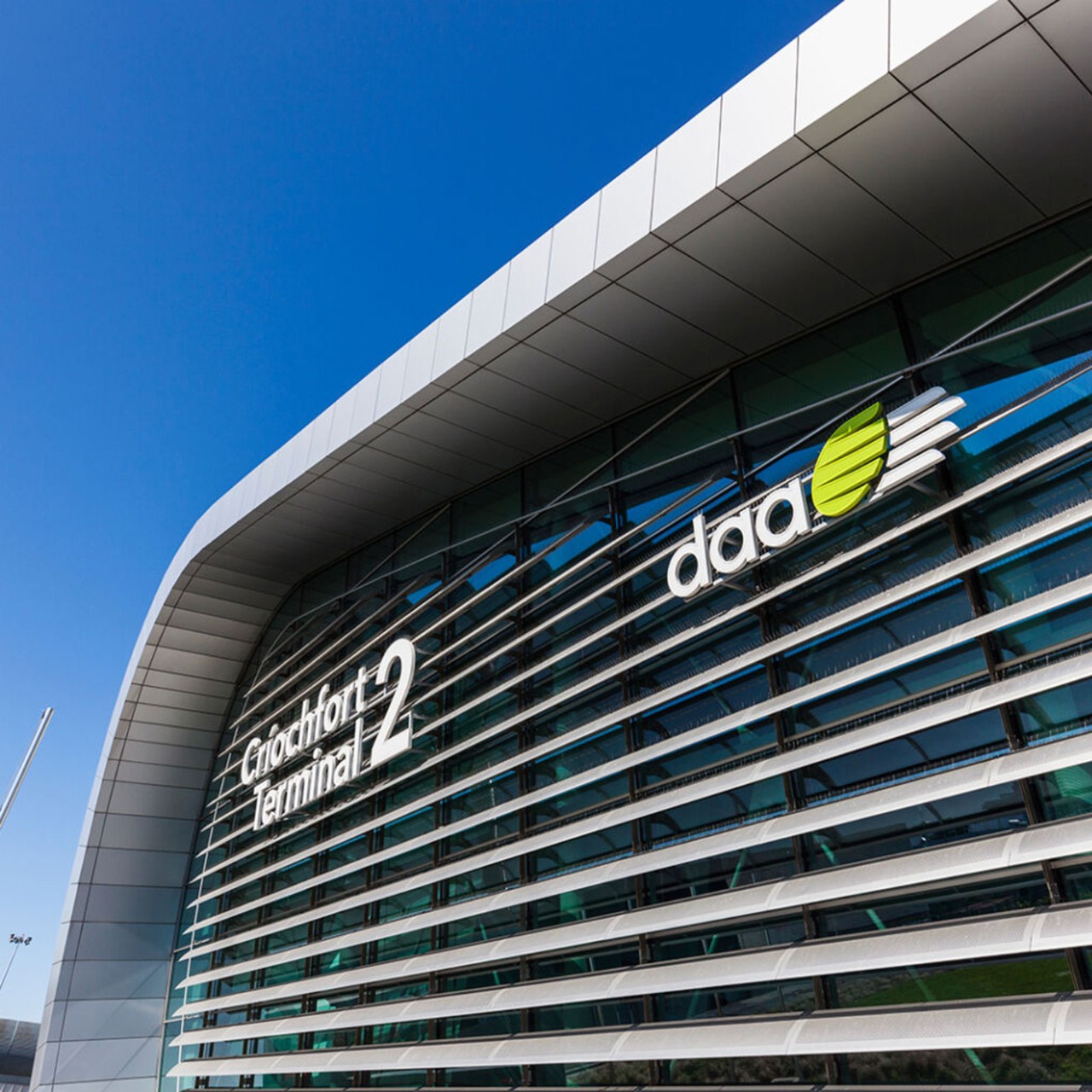
More information
Visit ACCA’s tariff insights page for perspectives and resources
In the search for the 2025 word of the year, ‘tariff’ must be a frontrunner, thanks to President Trump’s ‘Liberation Day’ announcements of 2 April and notwithstanding his subsequent 90-day pause on their more eye-watering applications.
Not since the 1930s has this blunt instrument of protectionism been applied with such brute force by a major economy. It is all the more remarkable given the move is not the result of a downturn or recession and may in fact presage one. The US economy was ‘the envy of the world’, according to The Economist in October 2024. Fast forward to April 2025 and a Reuters poll of economists puts the risk of recession in the US at 45%, up from 25% in March.
In the crosshairs
Ireland, with its strong multinational presence and outsized export dependence on the US market has found itself in the crosshairs of what prime ministers and pundits alike have lined up to call ‘the end of globalisation’. President Trump’s attention to Ireland has been pronounced, relating largely to its role as a pharmaceutical manufacturing hub and its hosting of tech giants such as Google and Meta.
‘No EU country fears Trump’s tariffs more than Ireland’
The Telegraph observes that ‘no other country in the EU fears Donald Trump’s tariffs and the consequences of his global trade war more than Ireland’, while The Irish Times calls the use of tariffs to pressure these operations to relocate to the US ‘a genuine, keep-people-awake-at-night, present-the-government-with-appalling-alternatives crisis’.
If Ireland’s globalised, business-friendly economy is the basis of current anxieties, the country also knows the downsides of tariffs only too well. Heavy protectionism was central to Irish industrial policy from the 1920s to the 1950s, leaving the country an economic backwater until the approach was abandoned in the 1960s.
Scenario planning
Accountants can expect to find themselves on the front line as a new chapter on tariffs is written, even if the implications seem yet to sink in for many. An ACCA Ireland survey in April found that 72% of businesses here have not taken any steps to mitigate the potential impact of tariffs and only 15% had undertaken any risk analysis around them. Despite this apparent lack of concern, 36% believe government supports will be required if the new tariff regime hits hard.
Stephen Noonan, head of ACCA Ireland, says the findings ‘shine a light on the need for businesses to scenario-plan to support operational continuity and growth’.
The 2020s are not the 1930s and the complexity of applying tariffs across highly integrated, globalised supply chains has been noted in many quarters, underlining the significant role for the finance function. PwC drills into some of the complexity facing companies reporting under US GAAP in its coverage of the accounting implications of tariffs, arguing they ‘may affect operating results, liquidity and financial reporting’. Those in the multinational sector are likely ahead of their domestic peers in recognising this, if only because they share the headache with their transatlantic colleagues.
‘Revising transfer pricing policies and diversifying can help mitigate long-term risks’
Bloomberg Tax said in early April the tariff announcements were ‘set to ripple throughout US companies’ financial statements’. Its advice for those impacted was to ‘maintain strong financial guardrails and consistent reporting judgment’, particularly as the question of disclosure to investors came into focus.
Paddy Stapleton, head of tax at RSM, agrees a strategic response is imperative for the longer term. ‘While the new tariff measures create immediate cost pressures and operational uncertainties, proactive strategies such as revising transfer pricing policies and diversifying markets and supply chains can help mitigate long-term risks,’ he says. RSM points to temporary pricing adjustments, supply chain rerouting, and changes to invoicing structures as significant measures that should be considered (see box for more).
No single answer
A further complication for Irish businesses is potential disparities between how the Republic of Ireland and Northern Ireland are treated by the tariff regime. Even if this significantly favours Northern Ireland, Grant Thornton’s chief economist Andrew Webb believes the business consequences will be limited. ‘Some activity may shift north, but don’t expect a major rerouting,’ he says. ‘With trade policy changing fast, few will bet heavily on stability.’
‘Pricing, margins and exposure are back under the microscope until this storm passes’
As to how businesses across the island can navigate the choppy waters ahead generally, Webb says there is no single answer. ‘Some firms will seek to scale through M&A, others may rework supply chains or seek new markets, and strategic partnerships might gain ground,’ he explains. ‘Pricing, margins and exposure are back under the microscope until this storm passes – and that may take some time.’
Adding to the stormy conditions is the limited scope of tariffs to effect the positive change the Trump administration seeks from them. As far as the global tech sector is concerned, EY partner Grit Young observes that ‘much of the world’s technology supply chain, especially around consumer devices, is not easily moved. It relies on significant knowhow and the right type of labour and skills.’ A similar state of affairs prevails in the pharmaceutical industry.
10% baseline
While the most extreme tariffs are on hold for now for the EU until some time in July, businesses must still contend with the 10% baseline tariff introduced on 5 April for all goods coming into the US from abroad (albeit with pharmaceuticals currently excluded entirely).
RTE reports that a mixture of advanced shipping and cost sharing has been favoured to date by Irish exporters to the US. Things don’t always go to plan, however. Kerrygold owner Ornua’s attempt to build a stockpile of its in-demand cheese and butter products in the US earlier in the year was stymied by trade buyers quickly snapping them up.
President Trump’s famously mercurial approach means any outcome is possible
A deal that can assuage White House’s concerns and provide an off-ramp for escalating trade tensions is the hope of most business leaders. However, President Trump’s famously mercurial and capricious approach to policymaking means any outcome is possible – from digging in resolutely on tariffs to moving on indifferently to another policy concern. An unstoppable economic force appears set to meet an immovable political object. It may all end with a whimper – or a bang.
Transfer pricing impact
For Irish businesses involved in cross-border transactions with US affiliates, the following areas warrant close analysis.
Impact on cost structure and profit allocation
Who should bear the economic burden of the tariff? Should it be the US distributor or the Irish manufacturer, or shared between the two? Transfer pricing policies will need to be assessed for alignment with the arm’s length principle when considering these increased costs.
Effect on tested parties margin
When the US counterparty serves as the tested party in a transfer pricing analysis, tariff-induced cost increases can reduce profit margins below the benchmarked arm’s length ranges. This may attract scrutiny from tax authorities.
Risk allocation in existing transfer pricing models
Few contracts explicitly address trade policy risk, leaving ambiguity around whether tariff costs should be absorbed by the importer or reimbursed by the related seller.
Customs valuation interaction
Tariffs based on import values can create tension between customs valuation and transfer pricing policies. Coordination between transfer pricing and customs functions is critical to avoid double taxation or penalties.
Operational and cash tax impact
Supply chain realignment and transfer pricing policy adjustments to deal with the new trade tariff environment may have a knock-on impact on VAT accounting. Businesses should consider the cash tax impact of transfer pricing policy changes.
Source: RSM


